Japanese Honeysuckle
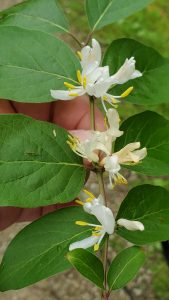
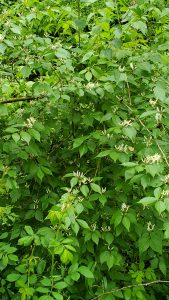
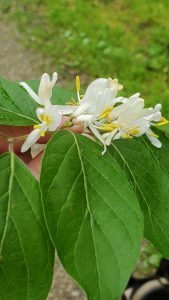
Plant no. 1 page 108 in Newcomb’s Wildflowers
Common name Japanese Honeysuckle Scientific Name L. japonica
Corolla: number of petals: 4 fused
Calyx : number of sepals 5 fused
Adroecium: number of stamens 5 stamen seperate
Syncarpous 3 carpels fused into one pistil
Epiginous
Zygomorphic
additional distinctive features: bush, opposite leaves introduced weed, abundant smothers other plants.
Ohio Spiderwort
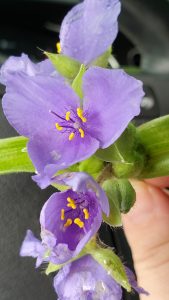
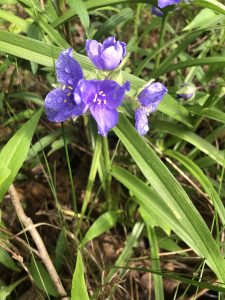
Plant no. 2 page 120 Newcomb’s Wildflowers
Common name Ohio Spiderwort scientific name T ohioensis.
Corolla: number of petals: 3 petals separate
Calyx: number of sepals 3 sepals separate
Adroecium number of stamens: 6 stamen surrounding the center or point of fusion of the petals.
Syncarpous 3 separate carpels fused into one pistil
Hypogenous
Zygomorphic
additional distinctive features. leaves opposite long and slender, plant hairy on underside of leaves and sepals.
Purple Dead Nettle
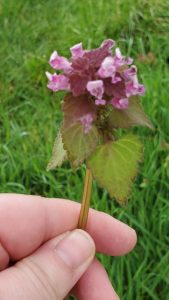
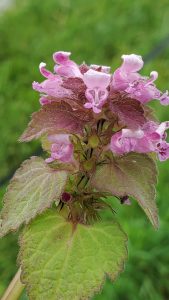
Plant no. 3 page 86 of Newcomb’s Wildflowers
Common name Purple Dead Nettle scientific name L purpureum
Corolla 4 petals fused
Calyx 5 sepals fused pointed outward
syncarpous seperate carpels fused stigma has two lobes
Androecium 4 stamens seperate not fused
zygomorphic
additional distinctive features leaves small lobed green toward the base of the flower, darker and red towards the flowers. edible leaves, part of the mint family.
Early Winter Cress
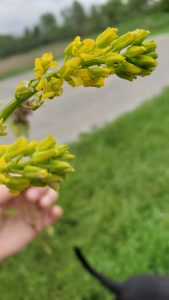
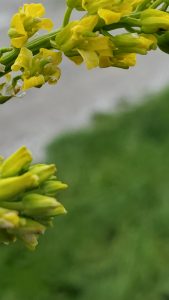
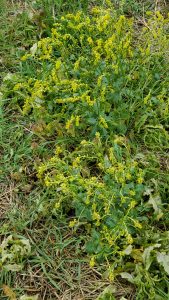
Plant no 4 page 144 of Newcomb’s Wildflowers
Common name : early winter cress scientific name Barbarea vulgaris
Corolla 4 petals separate
Calyx 4 sepals separate
Androecium 6 stamens separate
unicarpous
Hypogenous
Actinomorphic
additional distinctive features: abundant weed, flowers in raceme. seeds are part of the mustard family.
Dame’s Violet
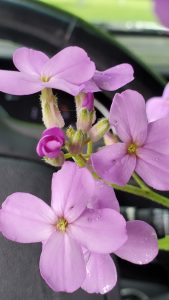
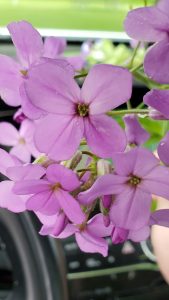
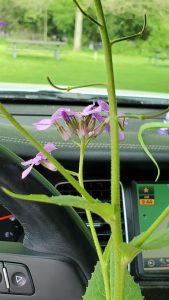
Plant no 5 page 138 Newcomb’s Wildflowers
Common name Dame’s Violet or Dame’s Rocket cientific name: Hesperis Matronalis
Corolla 4 petals fused
Calyx 4 sepals fused
Androecium 6 stamens separate but grouped centrally within flower tube
syncarpous 2 carpels fused together to one pistil
Perigynous
Actinomorphic
additional distinctive features. plant cupped shape, flowers in groupings, introduced from Europe during colonization.
Honewort
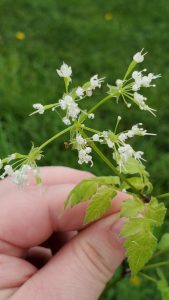
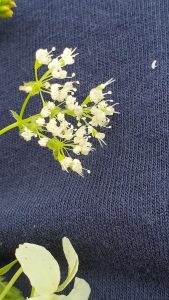
Common name honewort scientific name cryptotaenia canadensis
Corolla 5 petals separate
Calyx 5 sepals separate
Androecium 5 stamen
Syncarpate with 2 carpels fused into one pistil
Epigynous
Actinomorphic
additional distinctive features flowers are tiny in uneven groupings known as umbels. young leaves can be used as seasoning. in parsley family.
Creeping Wood Sorrel
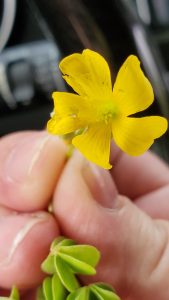
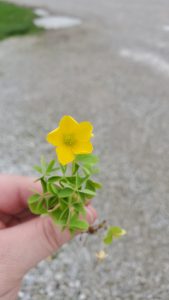
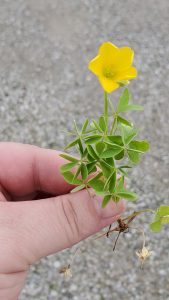
Plant no 7 page 246 Newcomb’s Wildflowers
Common name creeping wood sorrel scientific name : oxalis corniculata
Corolla 5 petals separate
Calyx 5 sepals fused
Androecium 10 stamen
Syncarpous 5 carpels fused into one pistil
Hypogenous
Actinomorphic
additional distinctive features: leaves are trifolate compound cloverlike shape sometimes curled into a whorl formation as seen in picture. appears almost fan like.
Common Blackberry
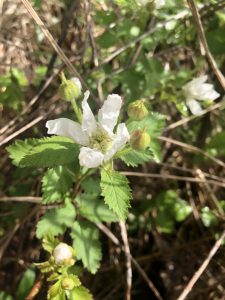
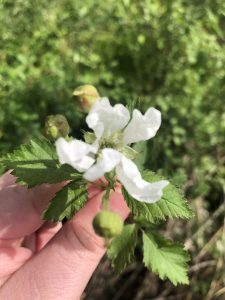

Plant no. 8 page 238 in Newcomb’s Wildflowers
Common name Common Blackberry scientific name: R. allegheniensis
Corolla 5 petals separate
Calyx 5 sepals separate
Androecium numerous stamen separate surrounding the pistils
apocarpous has 6 individual pistils separate
Hypogenous
Actinomorphic
additional distinctive features: fruit is edible, found in late summer and early fall.
